HUCKLEBERRIES: 'Quiet rage'
Former police chief Dave Scates can’t forget that hellish pre-Halloween night on 17th Street.
As an acting sergeant on patrol, Dave began his swing shift Friday, Oct. 26, 1973, by taking a missing-persons report for sophomore Debra Alice Prety, 15.
And ended it by searching for the girl’s murderer.
“It’s one of those things that doesn’t go away,” Dave, now retired, told Huckleberries.
Paul and Bernice Prety, Debra’s worried parents, called the police when their daughter was about an hour late returning from a school dance. At the time, Paul was the city treasurer and owned Prety’s Drive-In (1973-78) on Sherman Avenue.
Dave began his nightlong search for Debra by interviewing the girl with whom she’d walked home — the daughter of another city official. The teen told him that she and Debra had parted about a block from Debra's home — and that she saw her doomed friend talking to a man moments later.
In the hours that followed, Dave stopped a car speeding nearby and then noticed a “big man with big shoulders” emerge from a yard and run between cars. Dave told the reserve officer with him to chase the man down as a possible witness. But the mysterious man vanished.
Dave still wonders if the runner was Duncan McKenzie Jr., a Coeur d’Alene tow truck operator, with a history of violence against women. McKenzie, who lived nearby, moved to Montana soon after Debra’s murder. And, less than three months later, killed Lana Harding, 23, a Conrad, Mont., teacher.
The running man had a body shape that resembled McKenzie’s, Dave said: “But I can’t say it was him.”
Debra’s brother, Paul Jr., then 26, found the teen’s body in the backyard of the home across the street at 9:15 the next morning. An autopsy revealed she’d been raped and died by asphyxiation. The method used by the killer matched that of the brute who murdered the Montana teacher Jan. 21, 1974.
The Coeur d’Alene Press described community reaction to Debra’s murder as “quiet rage.”
Residents conjured several potential villains: A coven allegedly operating here, a controversial religious sect, and even the temporary closure of Wallace bordellos a month earlier. One 17th Street resident said that, with all the transients in town, youths would be safer if the houses of prostitution were open.
Prosecutor Gary Haman, who would later become a District Court judge, advised residents: “While I don’t want to alarm anybody in Coeur d’Alene, I think it is time we started locking our doors at night.”
In 1975, Duncan McKenzie was found guilty of the Montana murder and sentenced to die. Twenty years later, after eight appeals and a final plea for mercy, he was executed by lethal injection May 10, 1995. He never confessed to the murder of the Montana teacher. Or the slaying of Debra Prety.
Prior to the execution, CPD Capt. Carl Bergh traveled to Deer Lodge, Mont., hoping for a last-minute confession. But McKenzie wouldn’t respond to him.
The late Steve Schauer, the first Coeur d’Alene police detective to handle the case, was certain McKenzie murdered Debra Prety, as well as Lana Harding, based on the similarities of the crimes. In 1995, he told a reporter: “There’s no doubt in my mind, and there hasn’t been for years.”)
Coeur d’Alene police confirmed last week that the Debra Prety murder case is no longer active.
SCOORRREEE!
Once upon a time, Oct. 28, 1978, to be exact, the Seattle Sounders played North Idaho College in an exhibition soccer game in Coeur d’Alene.
And the locals were overconfident.
“I don’t think some of these kids realize how good players like this are,” NIC coach Tom Morrison told The Press before the match.
The swaggering Cardinals consisted of NIC players, two Iranian ringers, some Coeur d’Alene Olympia Beer footballers, and coach Morrison. And they were miffed that some predicted they would lose 10-0.
NIC erased the possibility of a shutout in the game’s first minute when Coeur d’Alene Olympia Beer star Renier Kelleter intercepted a pass in Sounder territory and drilled home a 30-yard goal.
The crowd of 1,500 cheered. And cheered more as NIC goalie Rich Daub held the pros scoreless through the first 12 minutes with spectacular diving saves. The score was 2-1 in favor of the Sounders with 15 minutes to play in the first half. By intermission, the pros led 9-1 and ultimately won 18-1.
Coach Jimmy Gabriel denied that his Sounders had poured it on: “We could have eased up, but then the kids, the (NIC) boys, the coaches wouldn’t have learned much.”
But they would have felt better.
Out with the Old
The Coeur d’Alene Press that hit local doorsteps Friday, Oct. 25, 1963, was a collector’s item, the last one in 71 and a half years produced by the hot metal process of printing.
The front page featured a large photo of printer Grant Hurst pouring a ladle of molten hot metal into a casting box to produce illustrations for the day’s opinion page. The accompanying story told readers that they wouldn’t recognize the Saturday paper.
The new offset press would provide cleaner type on whiter paper, with “sparkling” photographs taken with new cameras and processed in an all-new darkroom. The difference between the papers that weekend was night and day. Or, at least, evening and morning.
Publisher Duane Hagadone urged readers to be patient while The Press staff worked the bugs out of the new system. The paper owner was proud when the first offset edition came off the press: “The change is abrupt, we realize, but once our readers become accustomed to it, we’re sure they’ll like it better.”
Huckleberries
• Poet’s Corner: They’ll be swarming sometimes/when we are out walking;/we suspect it’s for romance,/but the aphids aren’t talking — The Bard of Sherman Avenue (“Ash Aphids”).
• Factoid: On Oct. 25, 2003, the first class inducted into the Post Falls High School Athletic Hall of Fame comprised football stars Joe Tofflemire and Rollin Putzier, standout Olympic hopeful Ian Waltz, and long-time coach Sherie Patano.
• Did you Know That … two Coeur d’Alene collegians were crowned homecoming queens at Idaho colleges on the same October 1958 weekend? On Oct. 17, 1958, Ruth Anne Winkle reigned as homecoming queen at the College of Idaho at Caldwell. On the following day, Charmaine Deitz became the first young woman from Coeur d’Alene to become queen at a University of Idaho homecoming game.
• And The Answer Is: Patricia Hardin. The question? Who was the first female to be sworn in as a Kootenai County sheriff’s deputy? In October 1983, Patricia, then 27, joined Sheriff Merf Stalder’s department after finishing at the top of her North Idaho Police Officers Reserve Academy class. And before that? She was a Bureau of Land Management personnel clerk.
• Has It Been … 20 years since Harvey’s Clothing, a fixture at Third & Sherman, announced it was closing? “The business of new apparel is not very strong at the moment,” said owner Patrick Jones. In 1961, Jones’s father, Clair, bought the business from Carl Gridley and renamed it. In the late 1930s, Gridley opened his shop as Gridley’s Men’s Store.
Parting shot
The late Julie Meier, the indefatigable public servant who modernized the Coeur d’Alene Library, was known for her cheery attitude. In an October 1993 Press interview, she revealed the secret behind her upbeat attitude. As a young sales clerk, on her first day at Spokane’s Woolworths, she received counsel from her boss, who would guide her for life. The older woman said: “I do not care how much your feet hurt, you will smile at every customer.” As library director, Julie told her employees: “If someone comes in who is unhappy, and you greet them pleasantly, it goes a long way toward resolving their concerns.” Julie’s spirit lives on today at the Coeur d’Alene Library, one of the nicest places in town.
• • •
D.F. “Dave” Oliveria can be contacted at dfo@cdapress.com.
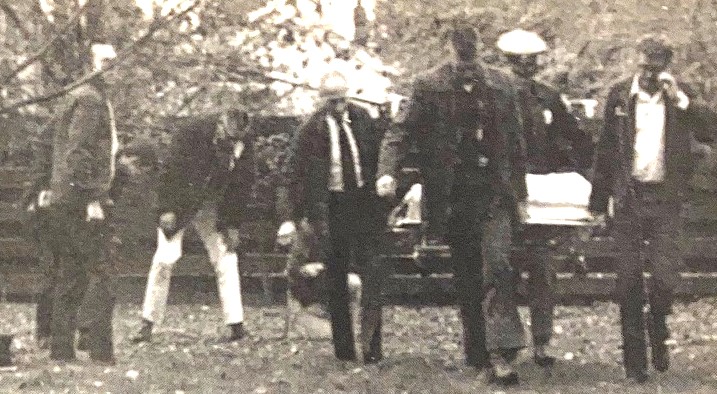 Debra Prety’s body is removed from the crime scene by Police Chief Robert Nettleton, second from left in front, and three others. In the background, from left, are Prosecutor Gary Haman, patrolman Burch Miller and police Lt. Steve Schauer.
Debra Prety’s body is removed from the crime scene by Police Chief Robert Nettleton, second from left in front, and three others. In the background, from left, are Prosecutor Gary Haman, patrolman Burch Miller and police Lt. Steve Schauer.
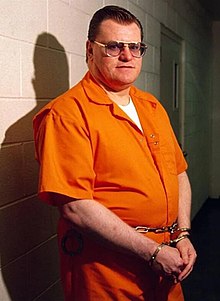 Murderer Duncan Peder McKenzie Jr. in 1990.
Murderer Duncan Peder McKenzie Jr. in 1990.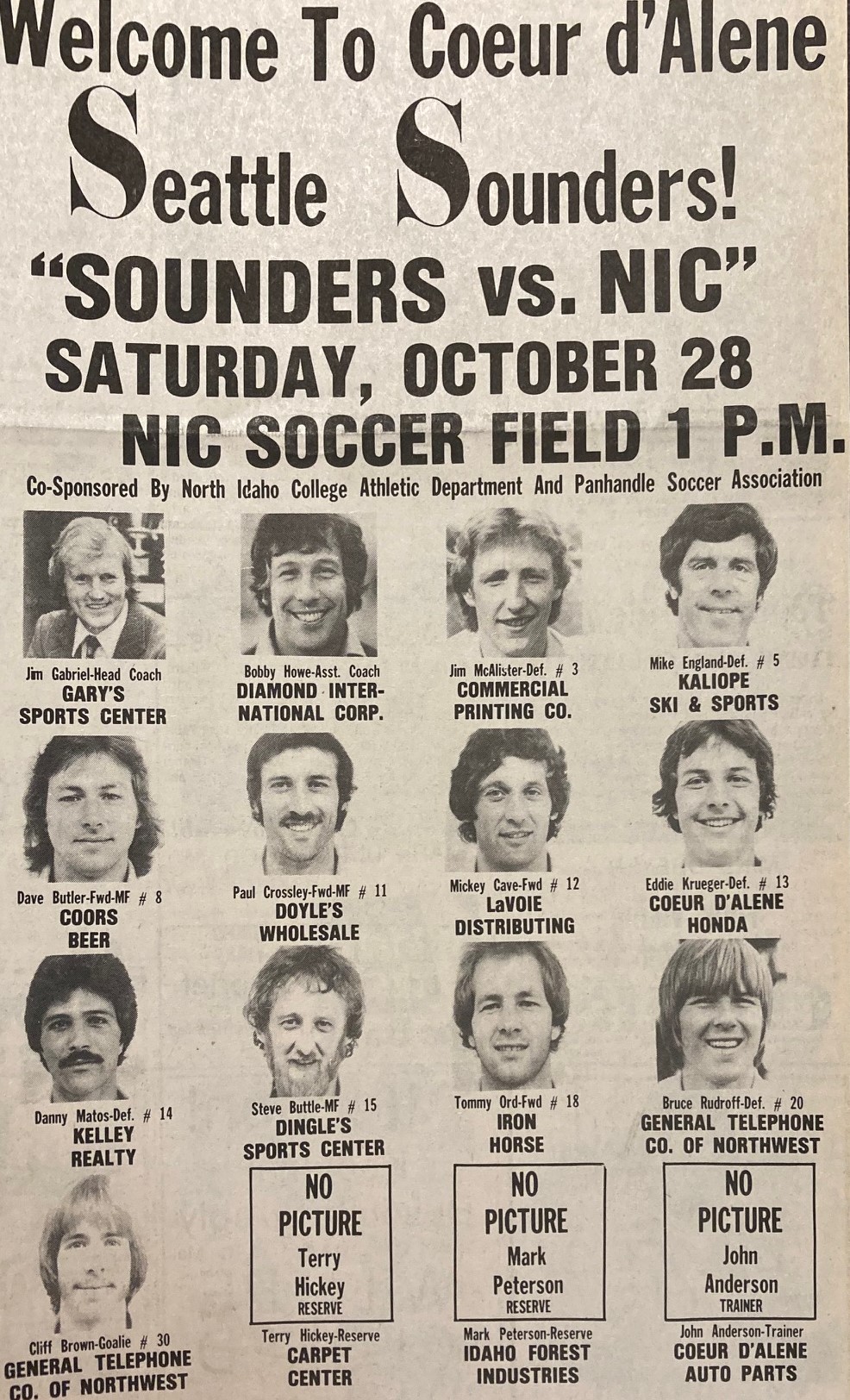 Coeur d’Alene Press ad for Seattle Sounders/NIC game.
Coeur d’Alene Press ad for Seattle Sounders/NIC game.
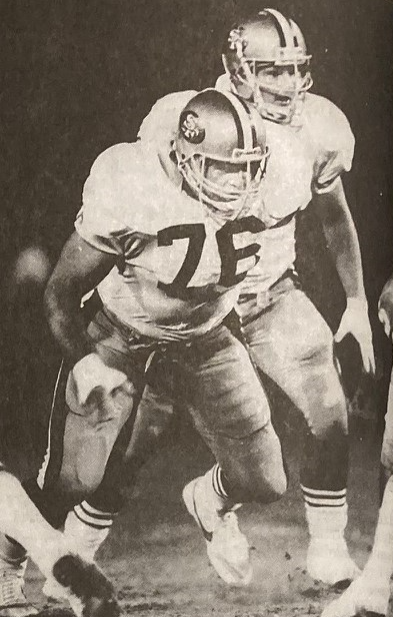 Rollin Putzier won a Super Bowl ring with the San Francisco 49ers.
Rollin Putzier won a Super Bowl ring with the San Francisco 49ers.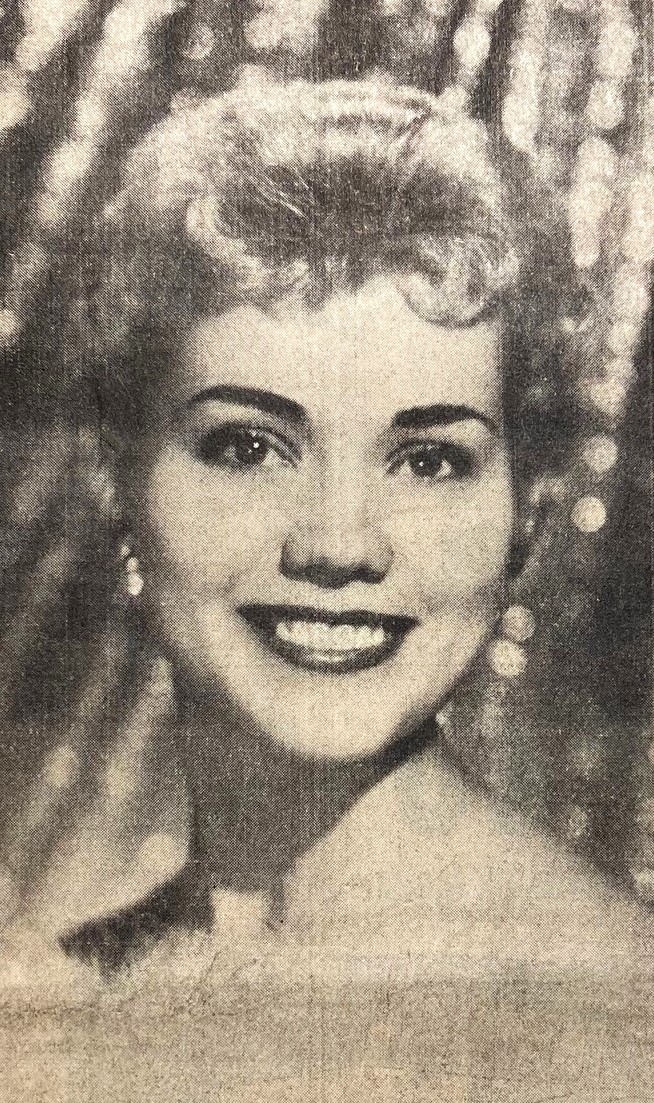 University of Idaho homecoming queen Charmaine Deitz.
University of Idaho homecoming queen Charmaine Deitz.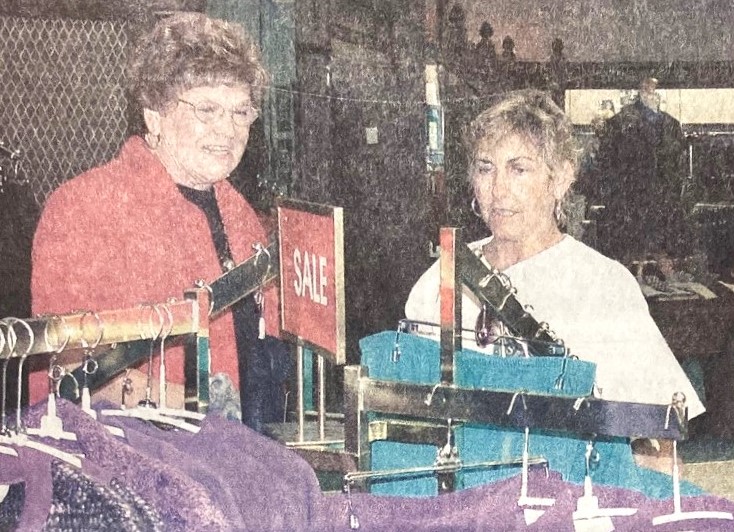 Salesclerk Joan Wilson helps shopper Diane Pooley during Harvey’s Clothing liquidation sale.
Salesclerk Joan Wilson helps shopper Diane Pooley during Harvey’s Clothing liquidation sale. Librarian Julie Meier valued Coeur d’Alene Library patrons.
Librarian Julie Meier valued Coeur d’Alene Library patrons.








